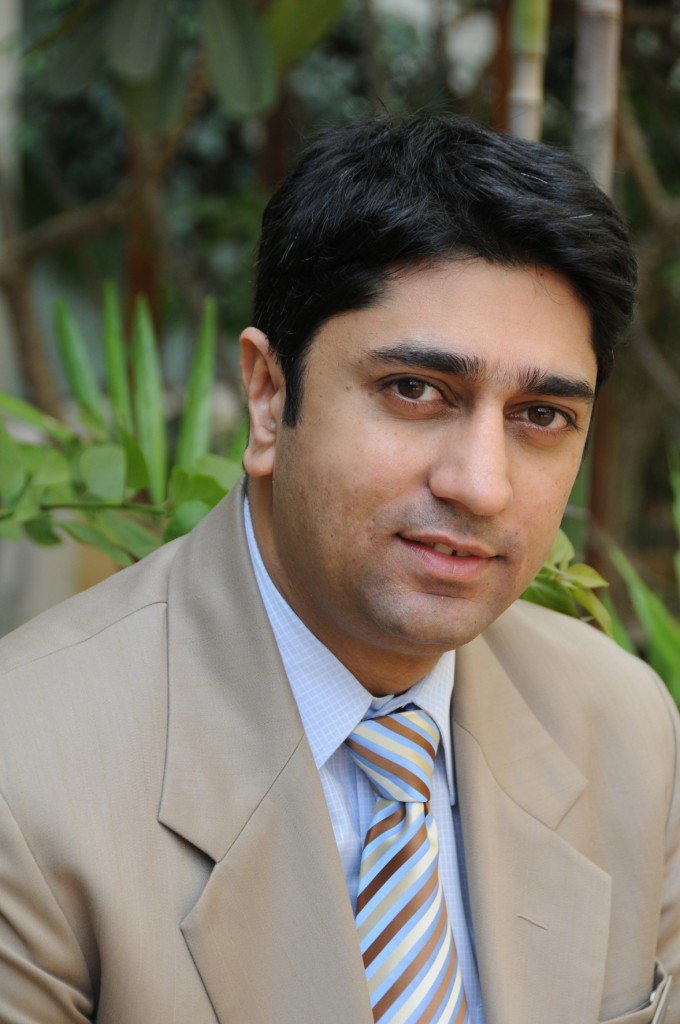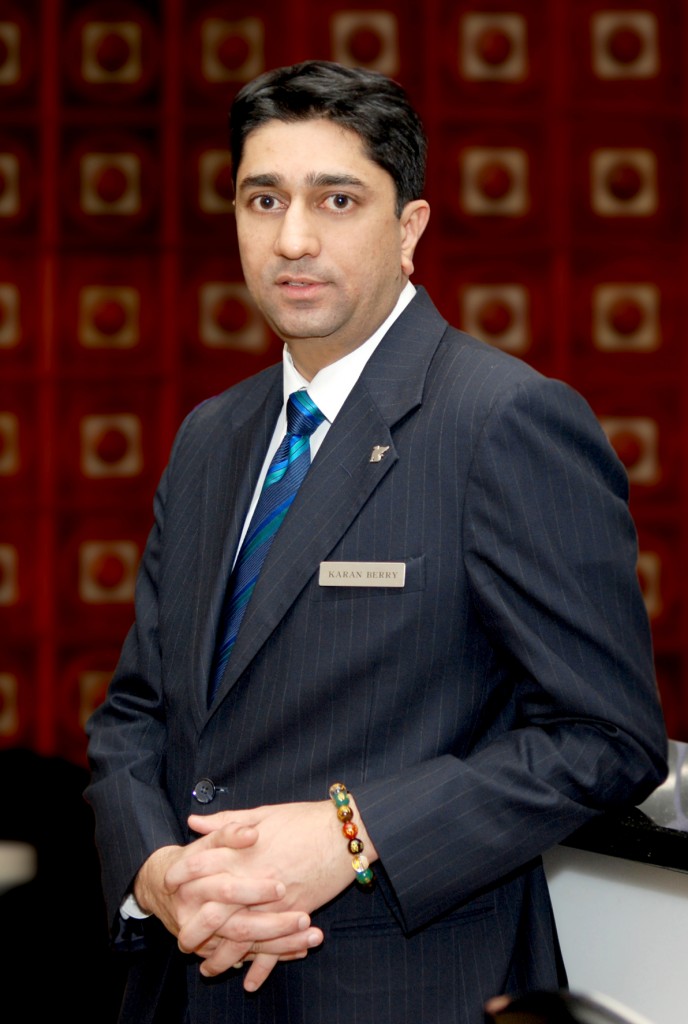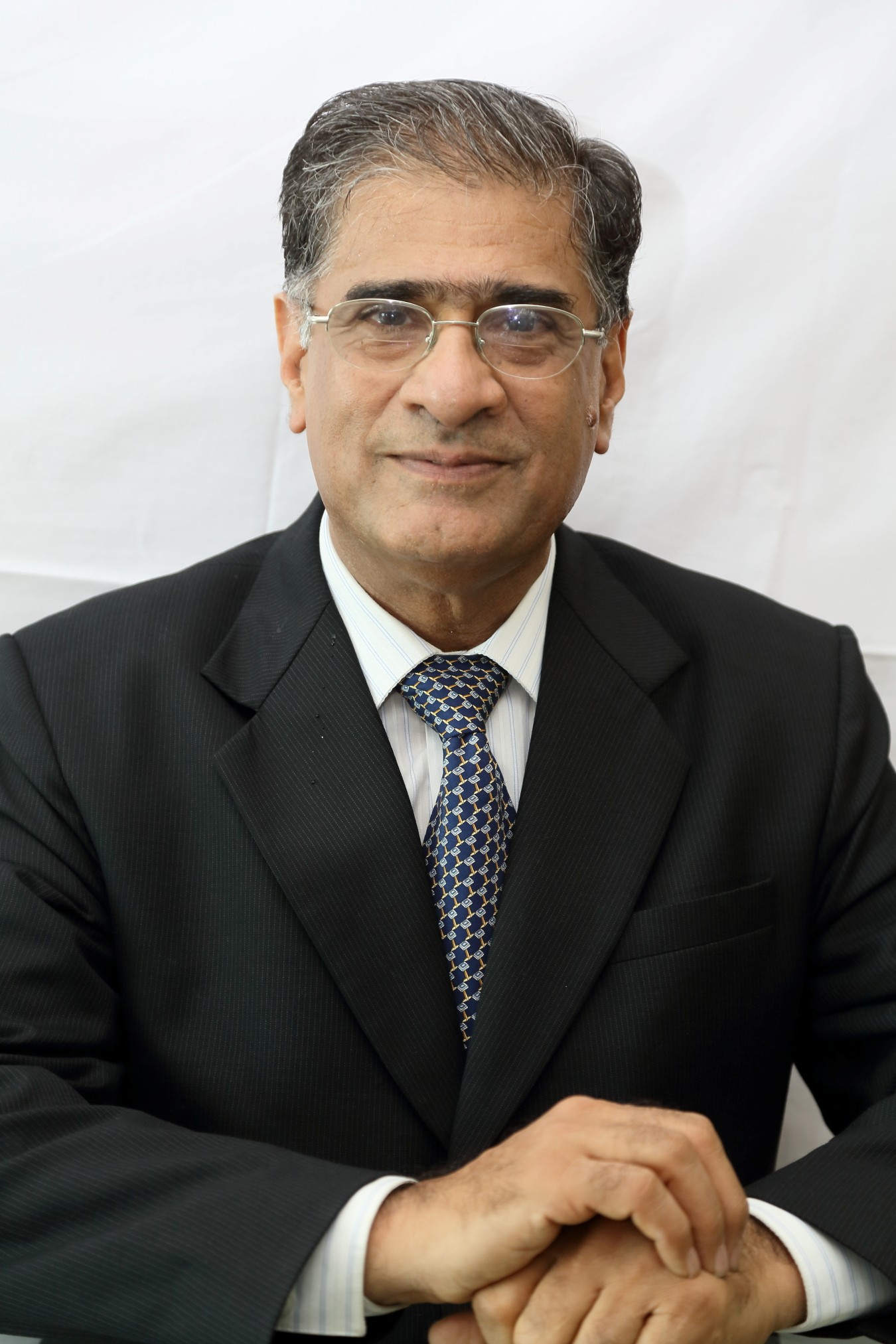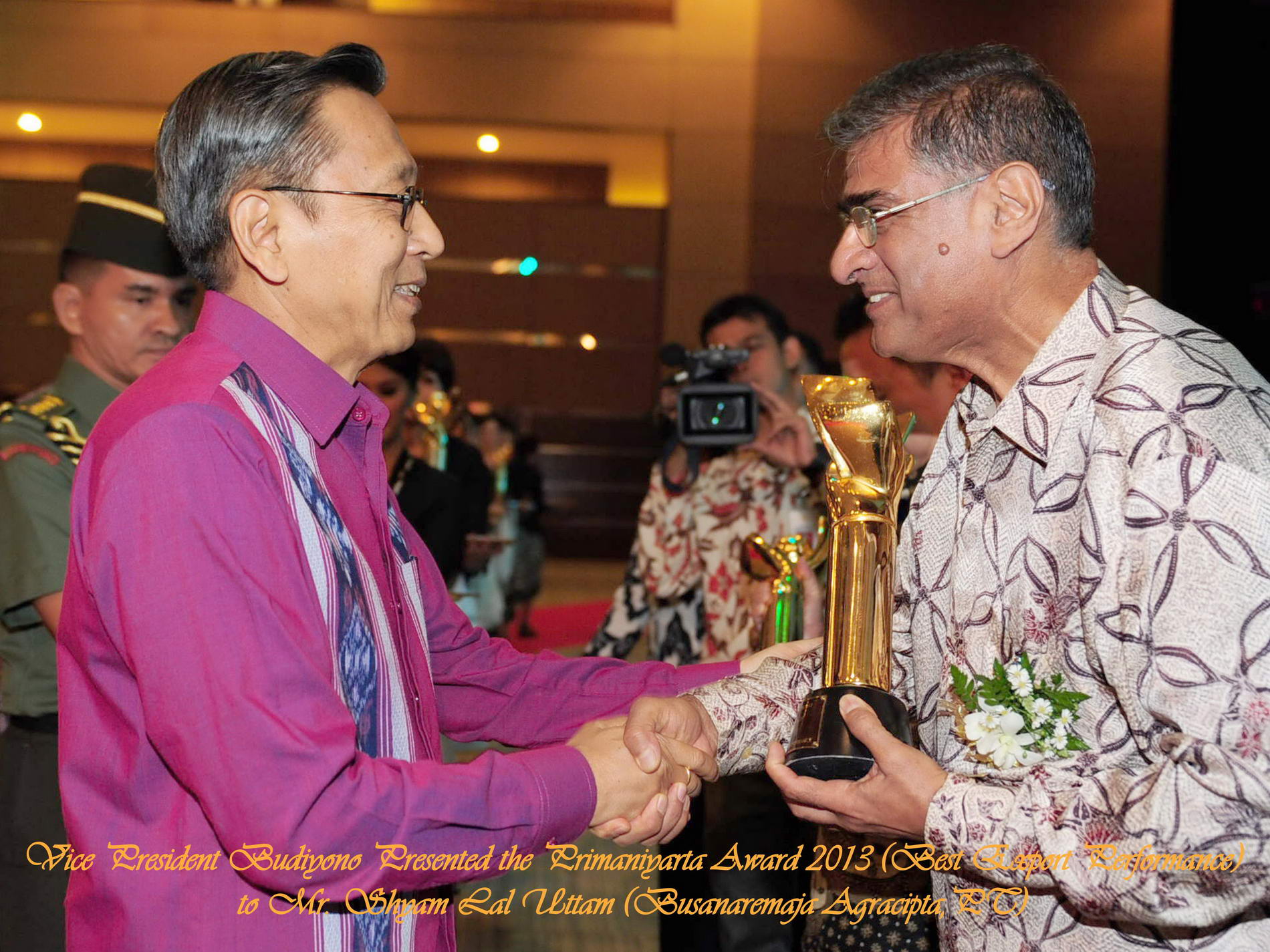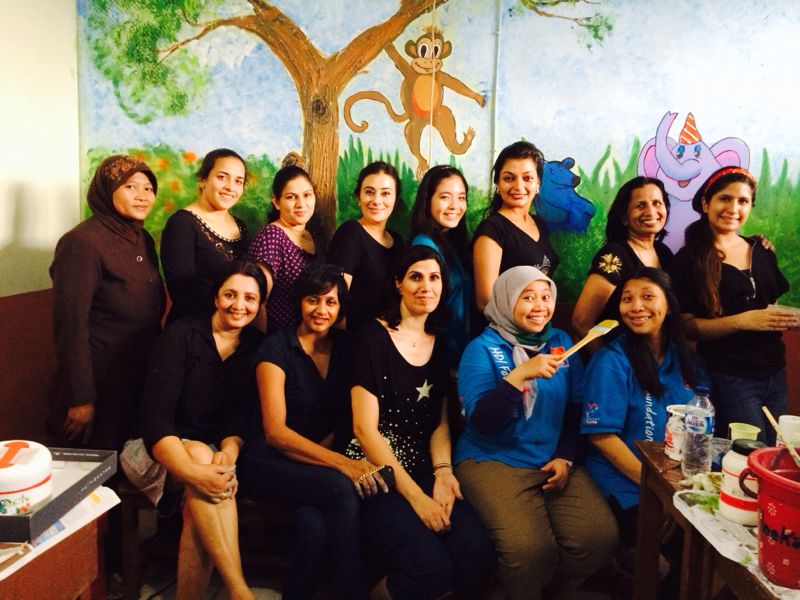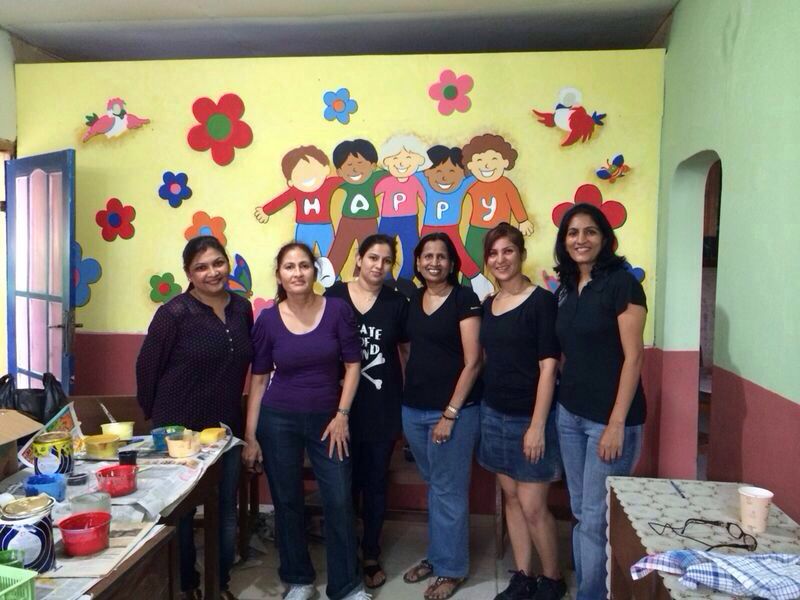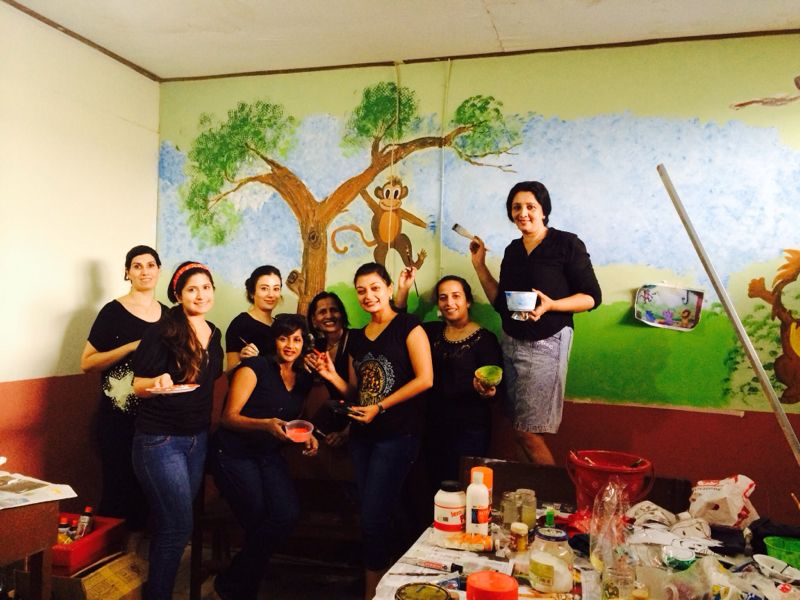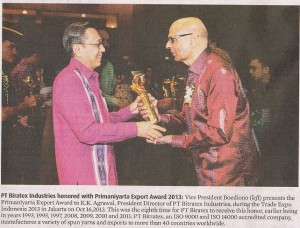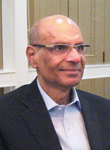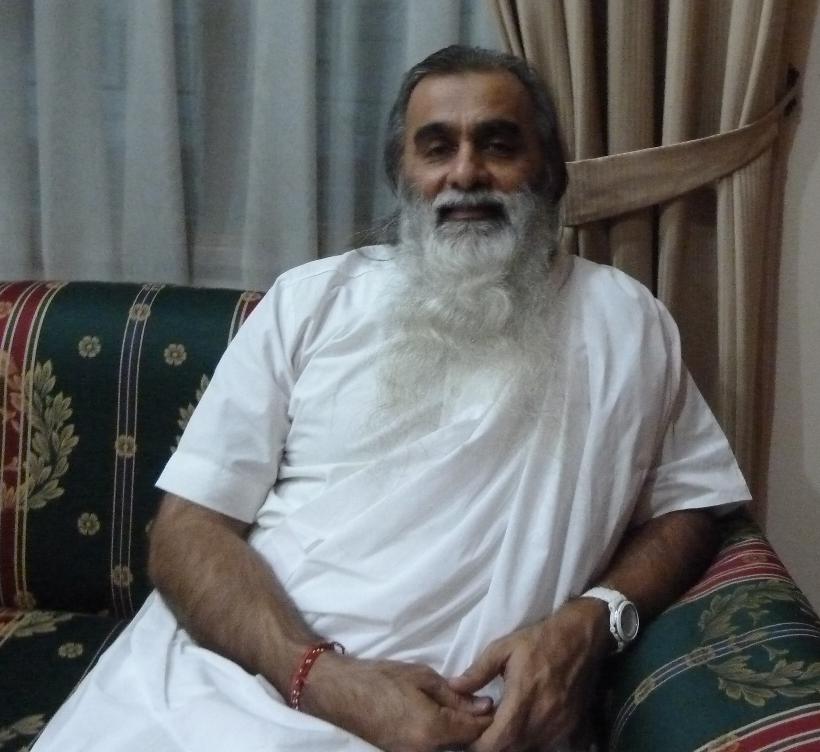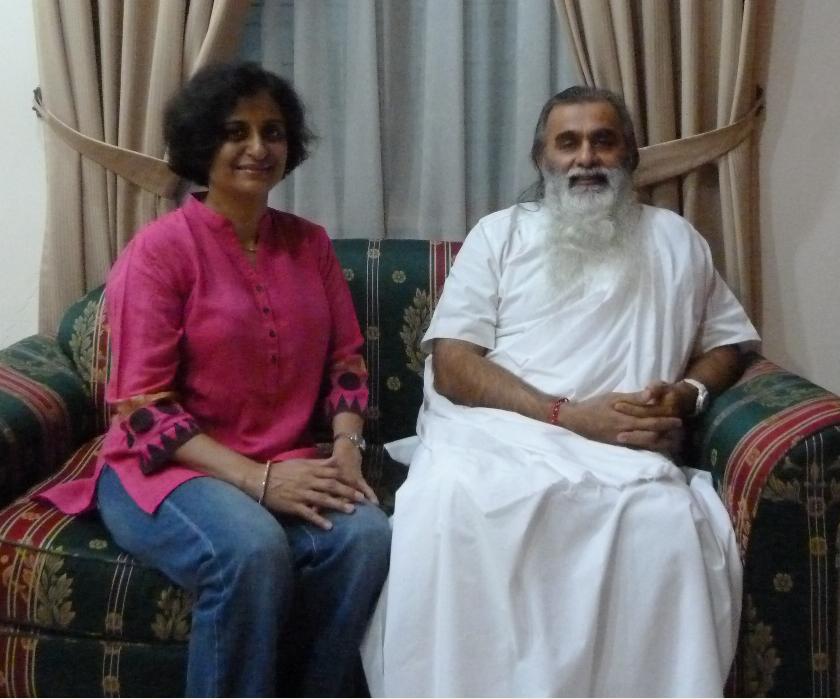 In the technology empowered world, businesses are no longer confined to their offices and meetings are not always face-to-face, Now, you can grab your BlackBerrys, laptops or iPads, find wi-fi access, and are good to go at anytime and anywhere … with the help of online collaboration tools to get the job done. This is especially great to increase productivity with growing traffic challenges, especially in big cities like Jakarta.
In the technology empowered world, businesses are no longer confined to their offices and meetings are not always face-to-face, Now, you can grab your BlackBerrys, laptops or iPads, find wi-fi access, and are good to go at anytime and anywhere … with the help of online collaboration tools to get the job done. This is especially great to increase productivity with growing traffic challenges, especially in big cities like Jakarta.
Collaborating online is the perfect way to diminish the distance between project teams and clients, as they can work together on the same documents, at the same time as if they were all in the same room. This means that projects can be done much faster, as there is no need to send documents back and forth between offices, and it helps create a sense of teamwork and transparency, it can even help improve client relationships.
The three key features that make the many online collaboration tools stand out and which can help your team accomplish its goals, are usability, security and suitability.
So if you mainly want to hold online brainstorming sessions, for example, it’s important that the tool you choose has good whiteboard functionality. Other useful features are the ability to upload documents, a calendar and notifications by e-mail when changes have been made to a document.
All reputable online collaboration tools have security features which ensure that anyone who is not invited to your workplace can’t see the documents that you are working on. In addition, most tools offer encryption, which is an additional layer of security that makes your documents unreadable to those with malicious intentions. A good, secure tool, will also allow the owners of the online collaboration workspace to set authorization levels for its participants. This means that while some people will be able to only read the documents, others can make changes but not everyone can delete documents.
My pick of the top 7 collaboration tools based on usage and functionality are:
1. Online Meetings and Interviews with Skype
Skype (www.skype.com), an online tool with free video call facility is my sanity saver by filling the communications gap with my children away at University. It’s free, and it works well for text, audio and video chats. Desktop sharing, sending files and group video conferencing in premium accounts makes this my favorite tool.
For many Skype users the tool is simply a phone replacement or a way to make international calls without a charge. While the direct communication uses are obvious, there are so many other ways to use this tool as well. I really enjoy Using 3rd party Skype recorder add-ons like Call Recorder (Mac) or Pamela (PC) for online interviews. These can be easily edited and then e posted on your YouTube channel.
2. Document Sharing and Collaboration with Google Docs
Google Docs (www.google.com) is a great online collaboration tool. For those who have Gmail, no sign-up is necessary, as it automatically links to your Gmail account. Otherwise, sign up only takes a few minutes. One of the coolest features of this tool is that it allows co-workers to see each other’s changes to documents in real-time, as they are being typed. If more than one person is making changes to a document, a colored cursor follows each person’s changes, and the person’s name is above the cursor so there is no confusion with who’s changing what. Also, Google Docs has a chat facility, so as a document is being changed, co-workers can chat in real-time.
This is an attractive platform for teams looking for a free web-based tool with basic collaboration capabilities giving you the flexibility to be productive from your desk, on the road, at home and on your mobile phone, even when you’re offline.
3. Project Management with Basecamp
Basecamp (www.basecamp.com) is a popular, cloud-based project management and collaboration app used by over five million people all over the world. It’s a fast and efficient tool for keeping your to-dos, files, messages, schedules, and milestones all organized in one place. The basic package can manage up to 10 projects and includes 3 GB of file storage. With this tool you can keep your projects, people, and data organized in real time
Basecamp even sends a digest email, reporting on the previous day’s activities, which makes it easy to track the progress of a project. Like most online collaboration tools, it keeps track of every version of each file uploaded. Basecamp is also great for companies that have employees in multiple countries, since it is available in many languages.
4. File Sharing and Storage with Dropbox
DropBox (www.dropbox.com) is the easiest way to share and store your files online. Think of it as a shared folder on steroids, used to share images, videos, and documents with clients and team members. When you collaborate on files that need to be updated and changed often. Giving team members access to the latest versions of files that can be checked out and checked in to ensure accurate revisions is handled nicely by tools such as Dropbox. A free account gives you 2GB of secure storage space “Secure Sockets Layer (SSL) and AES-256 bit encryption” and additional as required can be purchased.
Many 3rd party integration with Dropbox are possible including integration with your Google Drive.
5. Web Conferencing and Webinars with AnyMeeting
AnyMeeting (www.anymeeting.com) is a full-featured web conferencing product designed and priced for small business, including a completely free ad-supported option that lets you hold unlimited meetings for up to 200 participants. It is browser-based and features screen sharing, live polling, and session recording. It provides all the features small business needs – including 6-way video conferencing, conference calling, built-in VoIP, screen sharing, presentation sharing, video sharing, recording, mobile, social media integration, webinar ticketing, and more – in one, easy-to-use package. Now also as iPad and Android Tablet apps, so that mobile attendees can join the meetings as well.
6. Remember Everything with Evernote
With Evernote (www.evernote.com), you can save almost everything, as you scan the Web from any one of your devices. Evernote allows you to view your saved items on any of your devices, at anytime from anywhere. In a personal setting, Evernote is fun for keeping items in your life organized and on tab. With professional colleagues and team members, Evernote is a great way to quickly share your ideas in an open forum. It’s free for individuals and the premium subscription gives you more file storage and the ability to allow others to edit your notes, an important feature in collaboration.
7. Online Brainstorming and Mind Mapping with MindMeister
Mind mapping is the process of using visual diagrams to show the relationships between ideas or information. Its popular uses include project planning, collecting and organizing thoughts, brainstorming and presentations — all in order to help solve problems, map out resources and uncover new ideas – a great way to build resources and tap the collective knowledge of your entire staff.
MindMeister (www.mindmeister.com) facilitates collaboration for mind mapping and brainstorming, with an intuitive, easy-to-use interface. You can collaborate in real time; discuss changes over live chat, exchange ideas and even view the change history of a mind map. Projects can be accessed via mobile devices as well as online and offline, securely with data encryption and daily monitoring.
There is a growing range of online collaborations tools available and many of them are free to use. Although online collaboration has the potential, there are still reservations and technical challenges that companies must address when investing in online collaboration. The way people collaborate in an online environment may be very different from how that same group of people would work together if they were in the same room. So try out the various options available for suitability, security and usability to increase collaboration and productivity without needing to be in the same room at the same time.
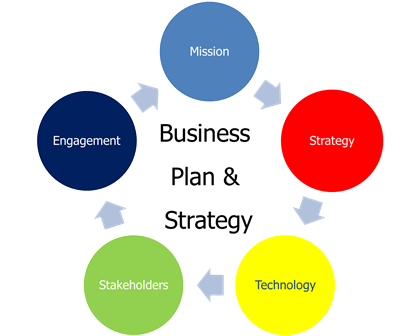



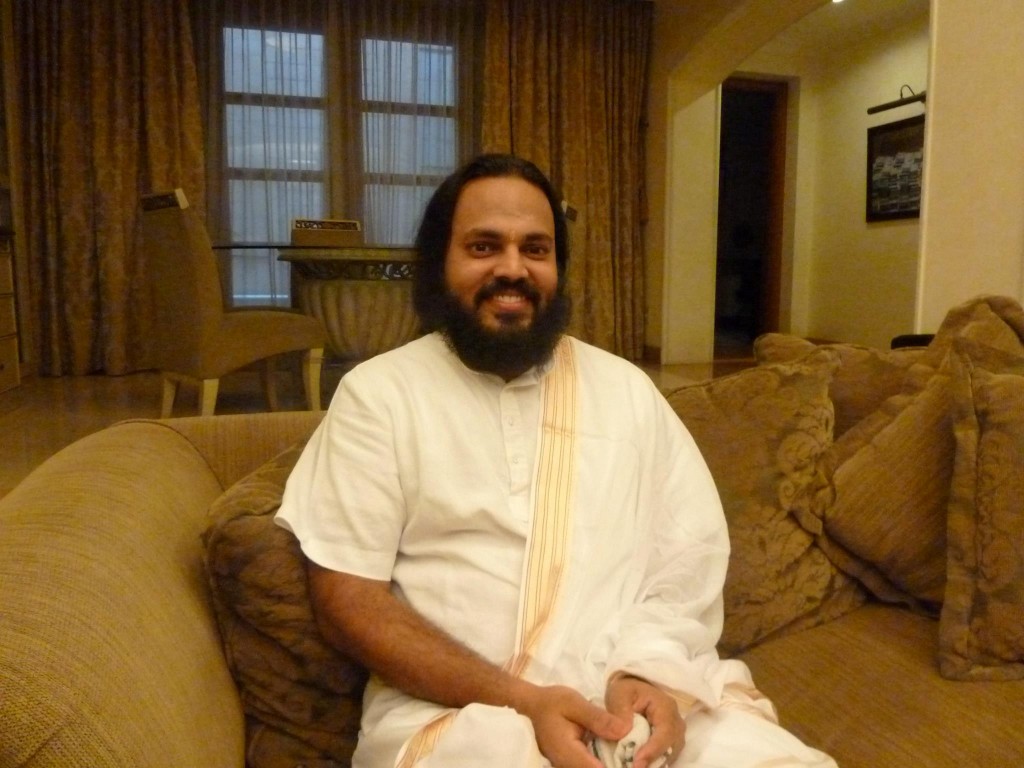
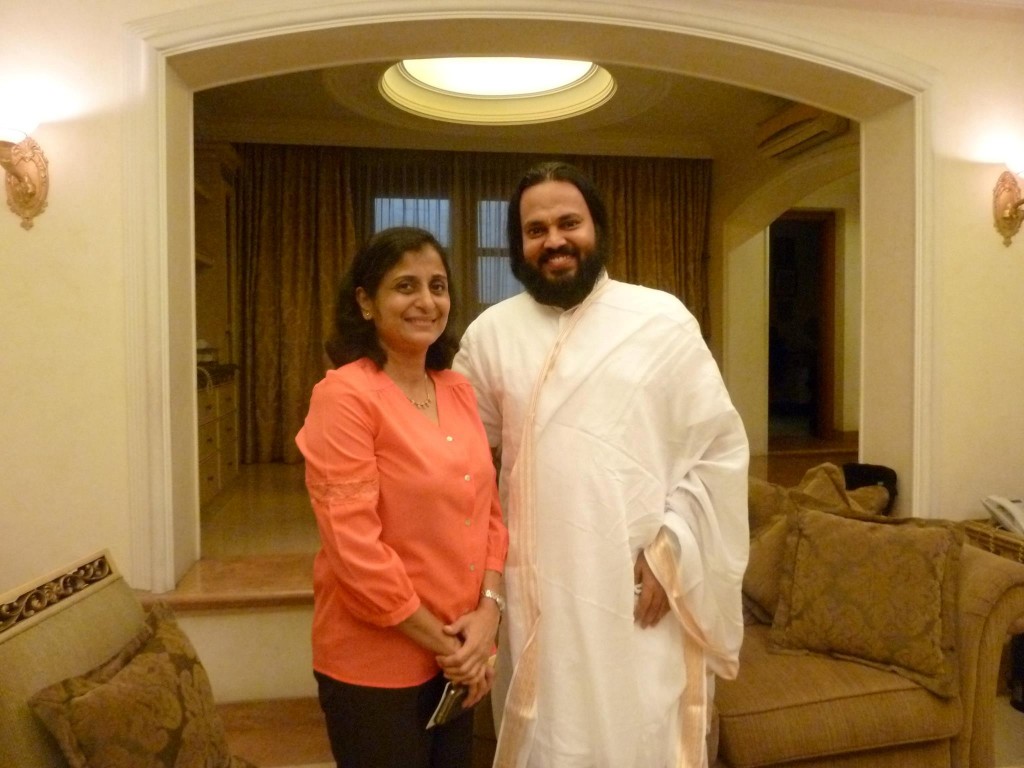 ‘The flow of thoughts has different modulations. Many a time we might be physically present but our mind, which perceives, is wandering. The heart, however, is a seat of love where there is no perception or judgment. Spirituality is merely journey from the mind to the heart.’ He answered regarding the nature of spirituality.
‘The flow of thoughts has different modulations. Many a time we might be physically present but our mind, which perceives, is wandering. The heart, however, is a seat of love where there is no perception or judgment. Spirituality is merely journey from the mind to the heart.’ He answered regarding the nature of spirituality.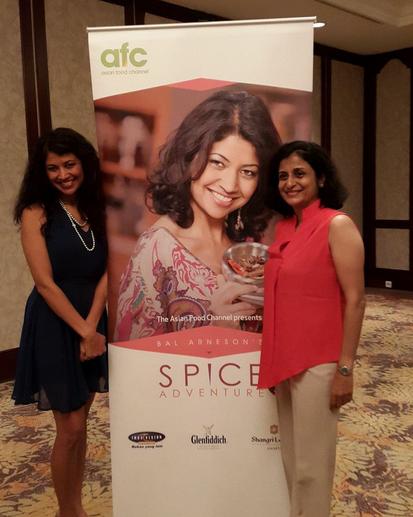

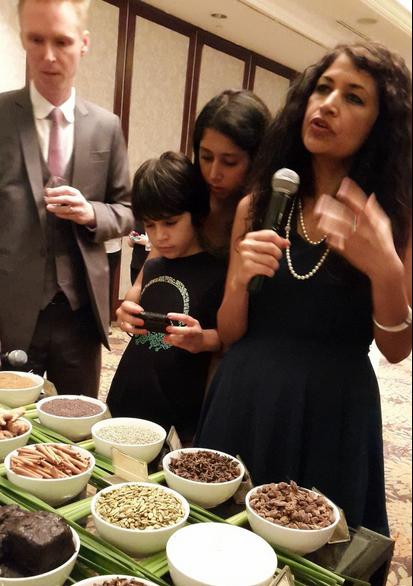 time she talks about the spices that she loves so much and where she learned to cook. ‘My parents have since migrated to Canada and are based in Toronto. They were very disappointed with me when I separated from my husband and disowned me. I have tried reaching out but it has not worked,’ she shared.
time she talks about the spices that she loves so much and where she learned to cook. ‘My parents have since migrated to Canada and are based in Toronto. They were very disappointed with me when I separated from my husband and disowned me. I have tried reaching out but it has not worked,’ she shared.
